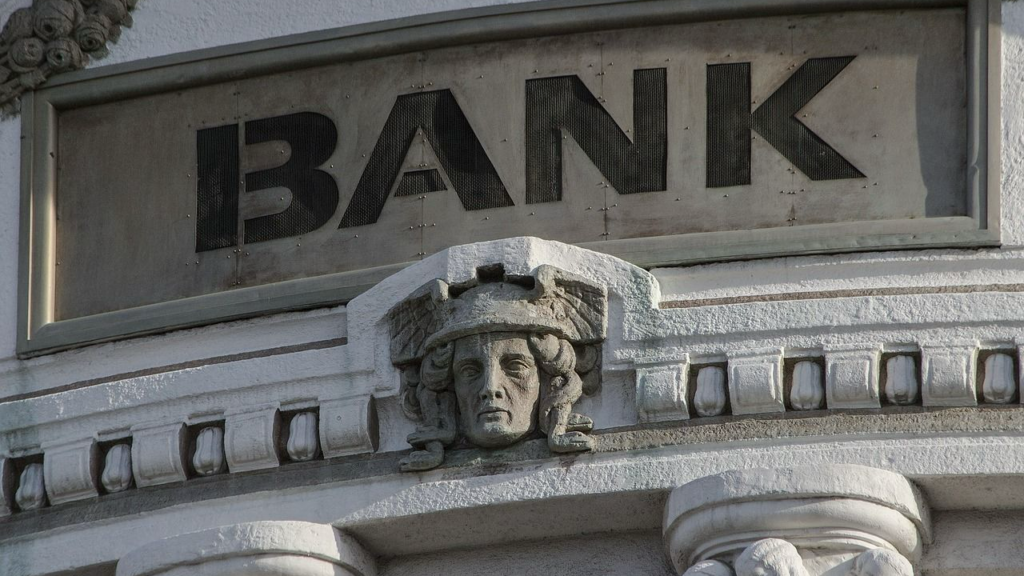Introduction to Solana’s CME Futures
On Monday, Solana’s SOL futures made their debut on the Chicago Mercantile Exchange (CME), a premier trading venue for institutional investors in the U.S. However, in stark contrast to the grand entrances of bitcoin (BTC) and ether (ETH), this launch went largely unnoticed.
Initial Performance: A Lackluster Reception
In its first day of trading, Solana’s futures achieved a notional daily volume of $12.3 million, closing with open interest at $7.8 million. These figures are significantly lower than the inaugural performances of BTC and ETH futures. For perspective, BTC futures launched in December 2017 with a staggering $102.7 million in first-day volume and $20.9 million in open interest. Similarly, ETH futures debuted in February 2021 with $31 million in volume and $20 million in open interest, according to data from K33 Research.
Market Challenges: The Broader Context
Adding to the challenges, Solana’s price tumbled approximately 10% from its weekend high, underperforming compared to BTC and ETH, which saw declines of 4.5% and 3.8%, respectively. This downturn can be attributed to several factors, including the fallout from speculative memecoin trading and a recent poorly executed marketing campaign.
Comparative Analysis: Adjusting for Market Capitalization
While Solana’s debut may appear underwhelming, K33’s analysts, Vetle Lunde and David Zimmerman, suggest that when adjusted for market capitalization, the numbers are more comparable to BTC and ETH. On the day of its futures launch, Solana had a market cap of around $65 billion, a fraction of ETH’s $200 billion and BTC’s $318 billion.
Unfavorable Timing and Market Sentiment
The timing of Solana’s futures launch did not favor its success. Historical data shows that Bitcoin’s CME futures debuted during the peak of the 2017 bull market, while ETH’s launch coincided with the early stages of the 2021 altcoin rally and significant institutional interest spurred by Tesla’s BTC purchase announcement. In contrast, Solana’s launch faced a bearish market environment, lacking any major catalysts to drive demand. K33 analysts noted, “It would appear that institutional demand for altcoins may be shallow, although we note that SOL’s launch has come in a comparatively risk-off environment.”
Future Prospects: Institutional Opportunities Ahead
Despite the initial performance, derivatives trader Josh Lim, founder of Arbelos Markets (recently acquired by prime broker FalconX), sees potential in the new CME product. He stated that the SOL futures offer institutions fresh avenues to manage their exposure to Solana, regardless of first-day demand. FalconX executed the first SOL futures block trade on CME, in partnership with financial services firm StoneX.
Lim expressed optimism, stating, “There’s enthusiasm for this new CME product launch.” He highlighted that liquid funds can better manage their SOL holdings, particularly for those who acquired locked tokens during the FTX liquidation. Furthermore, the emergence of CME futures could pave the way for exchange-traded fund (ETF) issuers to introduce SOL products based on these futures.
A Shift in Access for Hedge Funds
Lim emphasized that the new CME products could significantly alter the accessibility hedge funds have to altcoins. “People are missing the big picture on the new CME products,” he remarked, underscoring the transformative potential these futures could hold for institutional investors looking to navigate the altcoin landscape.
As the cryptocurrency market continues to evolve, the implications of Solana’s CME futures launch could unfold in unexpected ways, potentially reshaping the dynamics of altcoin investment.



